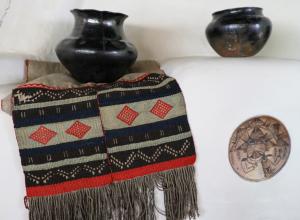What Muybridge captured in glass plates, then transferred to photographs, transformed the studies of both science and art, as well as photography itself. Art historians, much to their dismay, discovered that artists, including the revered horse portraitist and French master Eugene Delacroix, had been portraying horses incorrectly for centuries.
Artists had known that all four hooves of a horse come off the ground during a gallop, but Muybridge proved that the horse collects his hooves under his stomach, rather than extending them in front and behind him as Delacroix had insisted.



























